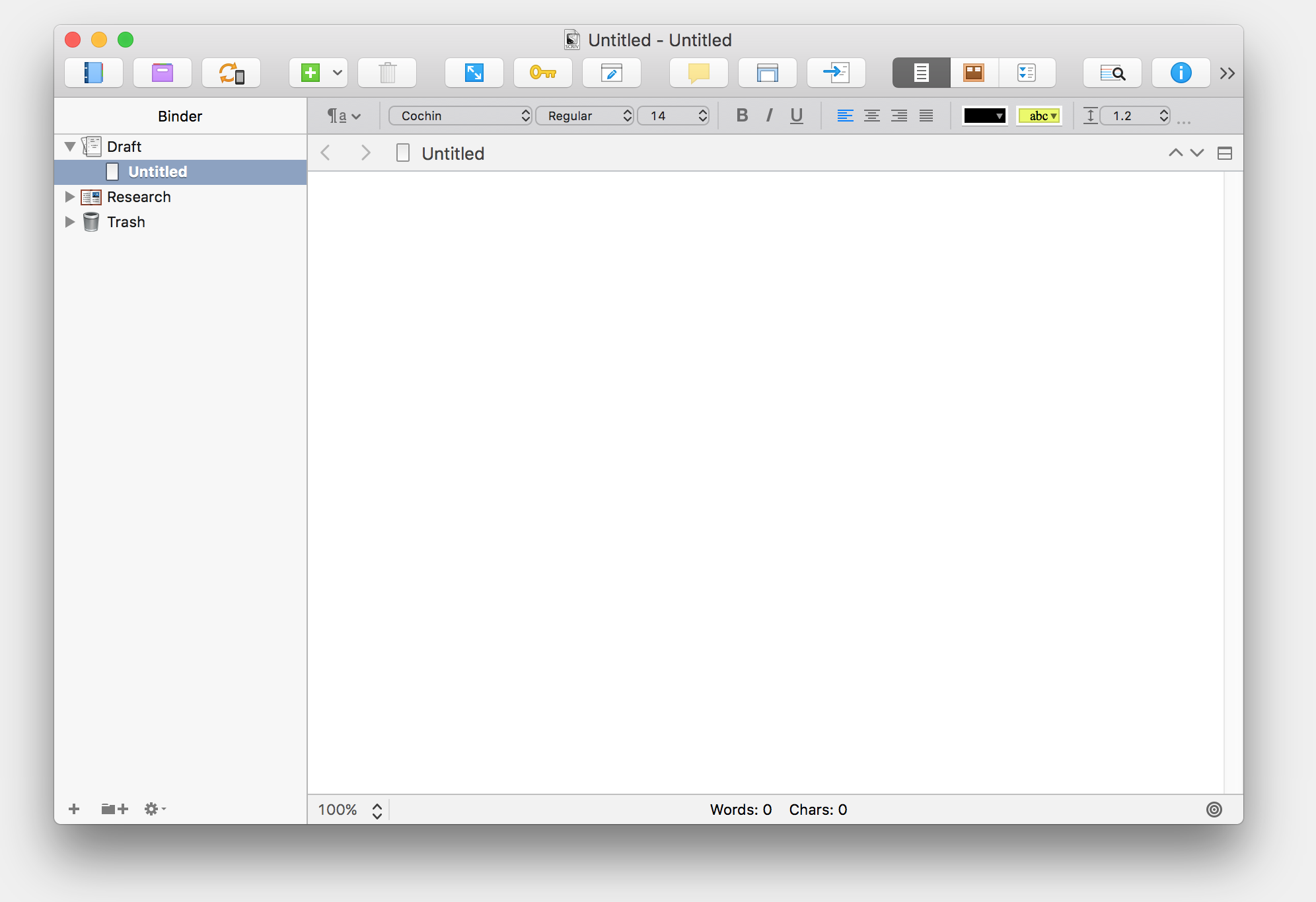
#Scrivener windows organization sketch template keygen

Many editors use automated editing tools to efficiently find problems in a piece of writing. If you’re still working on developing your resilience, we have another “external” self-editing option for you: editing tools. Writers need to be able to develop resilience for receiving feedback, but this takes time and practice. Not everyone responds well to feedback from beta readers and editors. Because it’s difficult to be objective about your own writing, external feedback can alert you to your writing blind spots. The remaining items on the list above are different from the first item in one important way: they offer feedback on your writing from an external source - from someone, or something, other than you. This approach to self-editing is most effective if there aren’t time constraints, and if you’re able to see what needs improving. It may also afford you the perspective you need to see where your writing needs fixing. Setting your writing aside for a spell may give you the time you need to recharge and become excited about your book project again. You may be exhausted from your first-draft efforts. Let’s look at each of these self-editing approaches. hire an editor to assess your first draft and suggest improvements.get structured feedback from beta readers.set your writing aside for a month or two and tackle it again from a renewed perspective.There are many ways to improve your writing.

How do you edit your writing? Perhaps you use one of these self-editing approaches… Approaches to Self-Editing This post first appeared on Jat The Book Designer and on Jat Beyond Paper Editing.


 0 kommentar(er)
0 kommentar(er)
